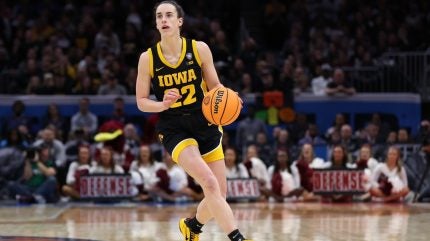
Before turning professional, Caitlin Clark has garnered a popular following on the back of records and achievements at college level. She finished her college career at Iowa with an unrivaled list of individual accolades, including a career tally of 3,951 points (at an average of 31.6 points per game), to become the highest-scoring college basketball player of all time (male or female).
Her exploits on the court, and friendly fan-engaging demeanor off it, got people talking about her and more generally, women’s basketball. Her rise to stardom has been nothing short of incredible for the interest in the women’s game. National college basketball broadcasting platform, Fox, announced that this college basketball season saw a larger average audience for the women’s game than it did for the men’s.
Although over three times as many games were shown on the men’s side of the season, women’s college basketball averaged 981,000 viewers a game, compared to just 946,000 for the men’s. The interest in Clark and the success of her Iowa team was retained throughout the year, peaking at the tail-end as the school made a run through to the NCAA Championship game.
Her final match for Iowa, a 12-point loss to South Carolina, drew an average audience of 18.7 million on ABC and ESPN, representing an 89% increase on the same match in 2023. The audience peaked at a high of 24 million to become the most-watched women’s basketball game of all time and the most-watched basketball game since 2019 (of either gender, college or professional).
The media attention has come on the back of Clark’s talent which is unlike any other women’s basketball star at this stage in her career. Her skills with the ball and shooting ability make her a fun watch, while her scoring ability enables her to be tied to big records. Fans love a generational talent like Clark in any sport and this is evidenced by her online following, as she enters the league as the most followed player on Instagram already.
Her following of 2.18 million fans is significantly ahead of other names such as Liz Cambage and Candace Parker. That following becomes even more emphatic when you consider the size of her online fans compared to the other four most recent first picks of the WNBA Draft.
How well do you really know your competitors?
Access the most comprehensive Company Profiles on the market, powered by GlobalData. Save hours of research. Gain competitive edge.

Thank you!
Your download email will arrive shortly
Not ready to buy yet? Download a free sample
We are confident about the unique quality of our Company Profiles. However, we want you to make the most beneficial decision for your business, so we offer a free sample that you can download by submitting the below form
By GlobalData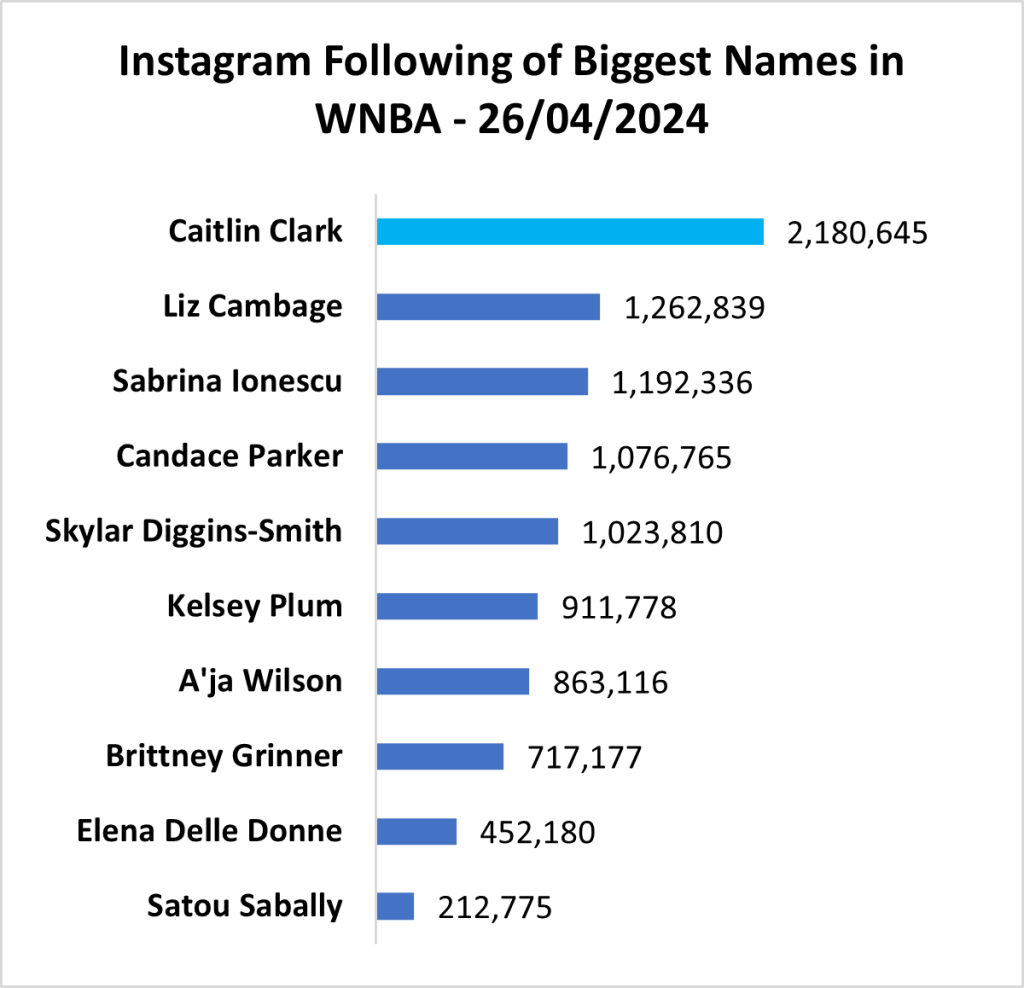
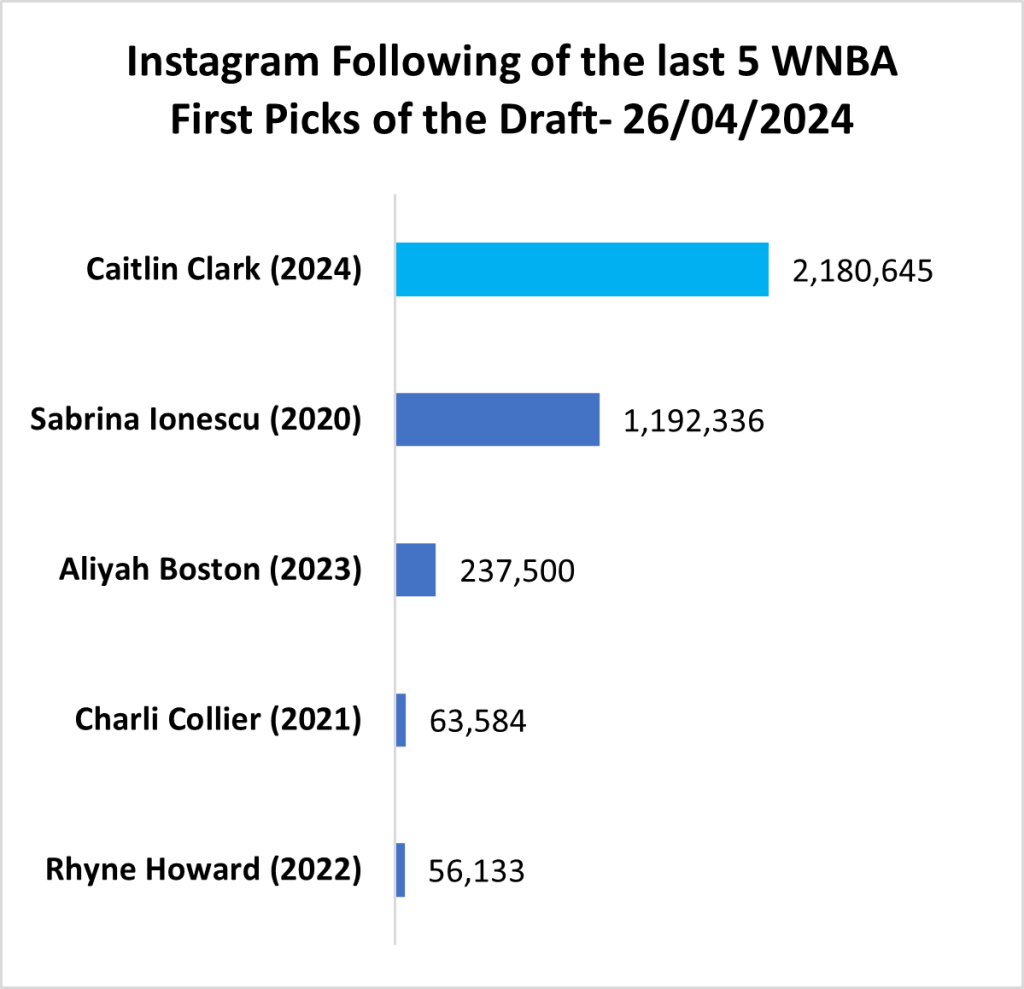
Generating buzz around one player is an easy win-win for all involved in the sport. Clark becomes a marketable star from the start of her professional career, whilst Indiana Fever and the league can appeal to new audiences and reap their own commercial benefits.
For Clark, her popularity translates into huge financial benefits, particularly with sponsorships. The bulk of her income over the next few seasons will be earnings away from the WNBA. Her rookie salary with the Fever is only expected to net her $76,000 and $338,056 over her four-year contract.
The sum of her earnings from the WNBA is where we see a drawback of the league and the disparity between the elite competitions in men’s and women’s basketball. To offer some context, the first pick of the 2023 NBA draft, Victor Wembenyama is linked to a $55.2 million, four-year rookie contract, earning $12.16 million in his first season alone.
At a payout of $76,000, Clark could easily return this and more within her first few games in the league, through media revenue alone, if expected audiences continue to follow the former college star.
Sponsorship is where the money is for Clark over the next few seasons. Current reports suggest that she is close to signing an eight-year contract with NIKE worth $28 million, which includes the release of a signature shoe.
The reports of a signature shoe highlight her appeal and status in the game even further, especially when you consider other major WNBA stars do not hold such contract agreements.
A’ja Wilson is one standout name in this regard, as a Nike athlete, with two WNBA Championship titles and one league MVP award to her name. Clark is almost transcending the league before she even plays in it.
Despite the potential wealth coming to Clark through Nike, there are still signs that brands are yet to fully appreciate the value of women’s sport. Clark was reportedly the subject of a four-year, $6 million contract offer from adidas. Brands need to learn the growing value of women’s sport and invest in the same bullish way they do in the men’s game.
The league understands the hype around Clark and many are looking to embrace it early. Earlier this month, WNBA rivals the Washington Mystics announced they would move the location of their June 7 game against the Fever to a bigger stadium.
The Mystics play at the 4,200-seater Entertainment & Sports Arena but have announced a move to the 20,356-seater Capital One Arena (home of the NBA’s Washington Wizards).
The WNBA needs to maximize the commercial and popular appeal of Clark to continue to attract people to the league and the sport more generally. The biggest sports in the world all boast big-name superstars that attract fans to wherever in the world they are playing.
Women’s sport falls short in part because of this lack of household names. Given the historical lack of investment into women’s sport globally, there is an obvious reason why there are far fewer female sporting names compared to men, but the stock of Clark proves that success is coming to women’s sport that is being invested into.
Sport needs a hero and a player that fans can champion and rally behind, particularly when it comes to team sports.
Other sports leagues around the world need to understand the power of player stardom and embrace it themselves to grow their interest and standing. Women’s sport has been growing at a steady pace over the past few years but now is the time to accelerate it and push forward the agenda.
Women’s sport needs to build more of these stars such as Clark and will reap the rewards when it does. Women’s basketball has shown this in 2024 but the blueprint is replicable around the globe and across different sports.



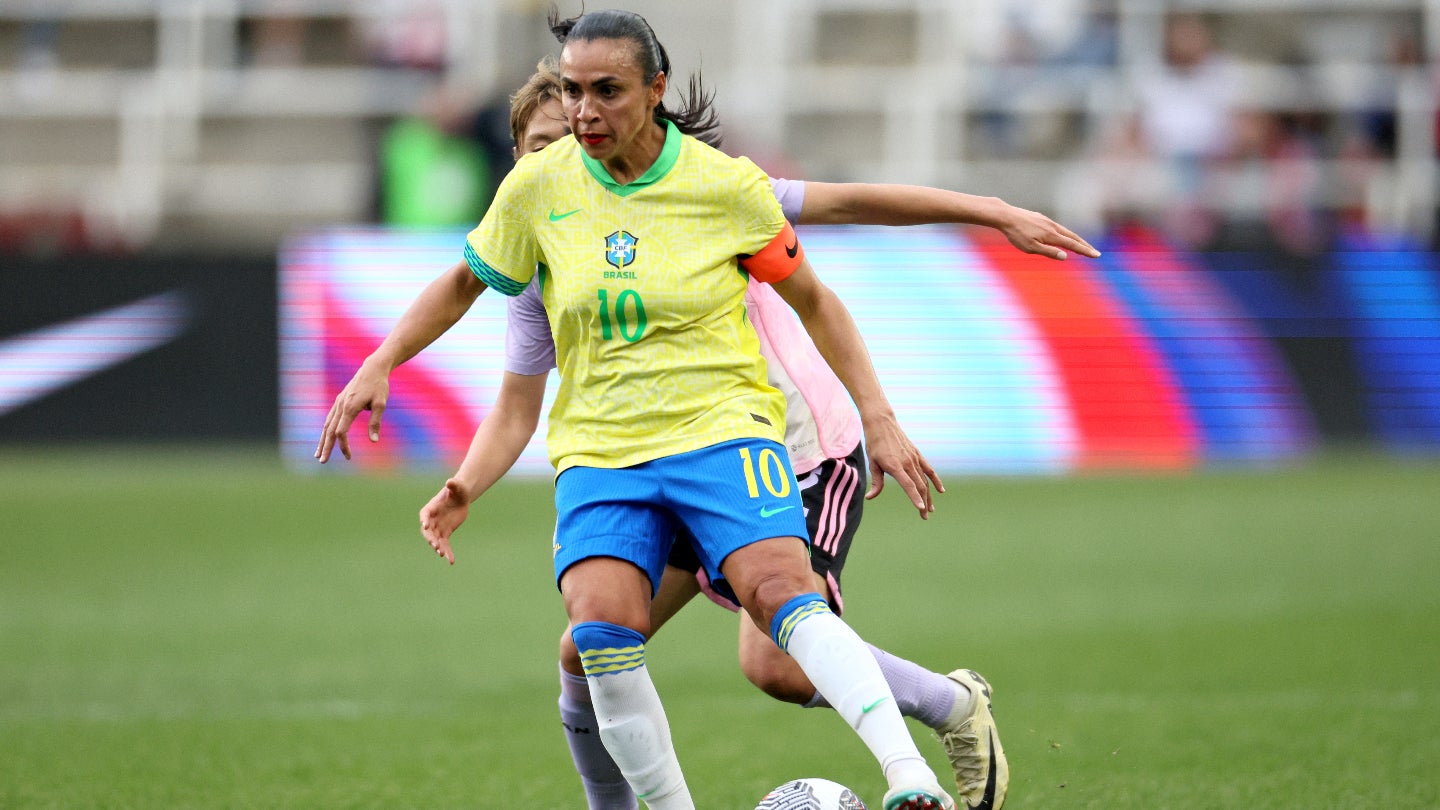

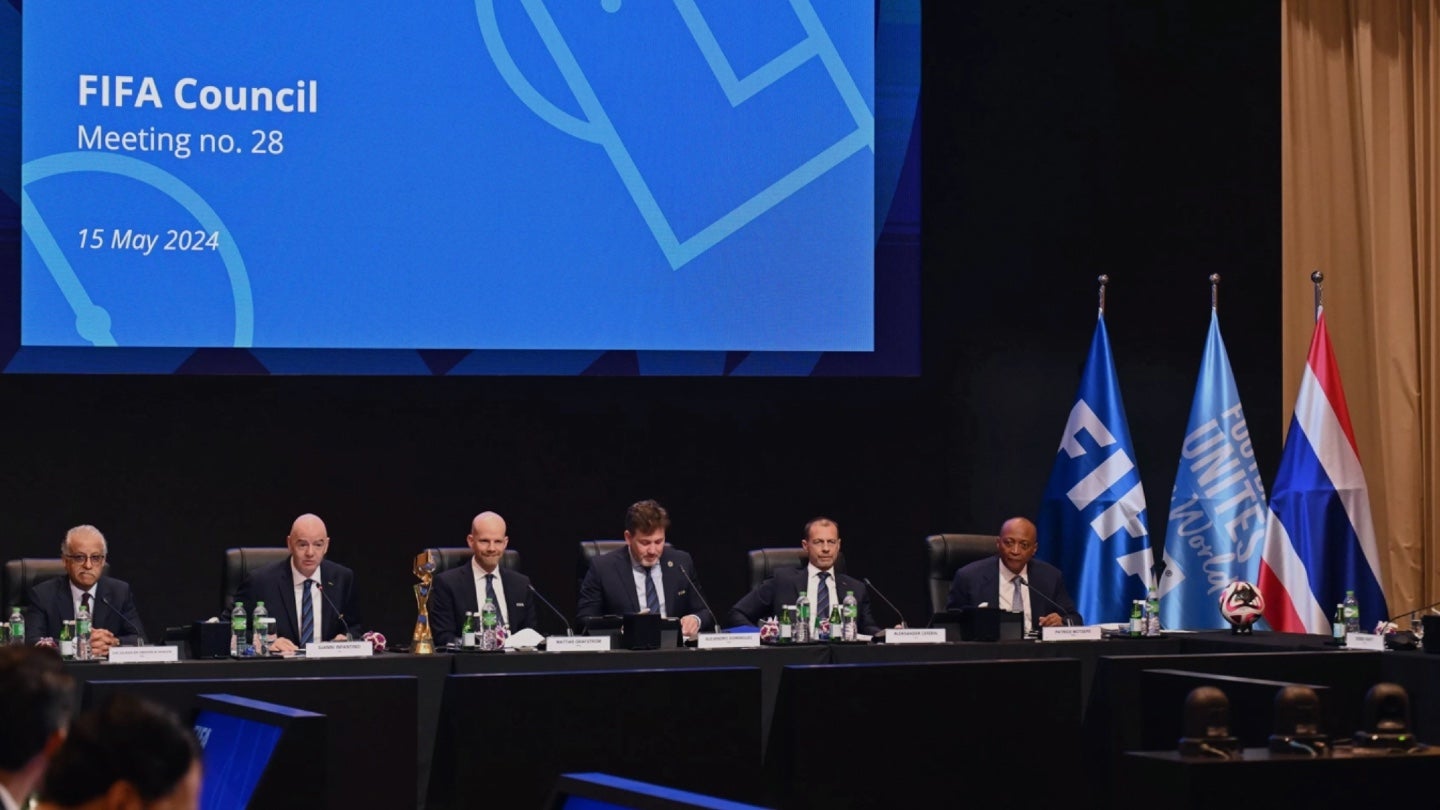


Related Company Profiles
NIKE Inc
adidas AG